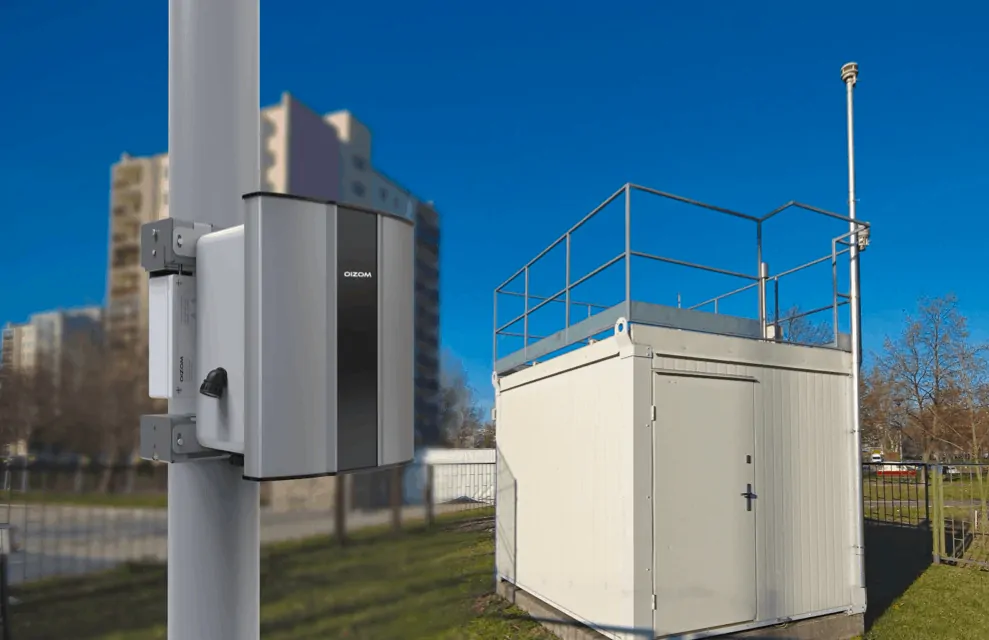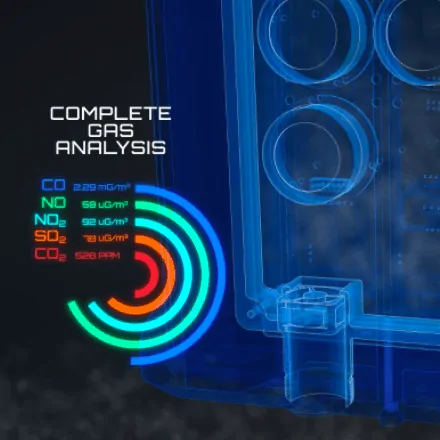The Evolution of the Ambient Air Quality Monitoring Systems

The Evolution of the Ambient Air Quality Monitoring Systems
Written By : Ankit Vyas & Ayyan Karmakar Published On April 21, 2020
Download Whitepaper
Air pollution has been a rising concern due to rapid urbanization, increasing population, industrialization. The World Health Organization (WHO) report states that 90% of the people around the world breathe polluted air. To curb air pollution proper planning and mitigation strategies are required. Air quality monitoring is the first most important step in mitigation. It helps in knowing and understanding the existing air quality. Based on the results of the ambient air monitoring further mitigative and preventive solutions are proposed. Ambient air monitoring can be carried out using manual stations or automatic stations.
Traditional manual stations go through a tedious process of manual sampling, chemical analysis, etc. It also generates erroneous data and fails to give continuous results. The detailed advantages and drawbacks of these systems are discussed in this paper. Robust ambient air monitoring is required to plan and execute mitigation strategies. From the first generation, High Volume Air Sampler to the latest low-cost sensors air quality monitoring systems have been completely revolutionized. The first-generation instrument fails to provide a representative air quality for a given region. Ambient air quality monitoring systems have evolved with time to overcome the drawbacks of its predecessor. The second and third-generation air quality instruments are viz. CAAQMS and Low-cost sensor-based monitors.
The new generation monitoring systems ensure better spatiotemporal resolution and provide real-time data. Each monitoring system has its own advantages and disadvantages. Due to cheaper capital costs and high functionality, users are more inclined towards low-cost sensors. This paper explains the evolution of ambient air quality monitoring stations with time and technology. It covers the working principle, advantages, disadvantages, cost, and comparison of the new generation monitoring devices. It further covers the future of these devices based on the work and research carried out by the different governments and research institutions around the world.




